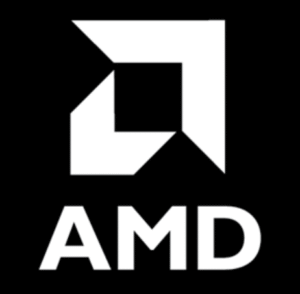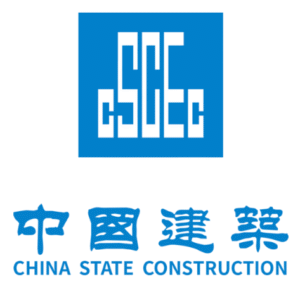$NVDA $AMD $INTC
#Semiconductors #TechStocks #NVIDIA #AMD #Intel #SemiconductorIndustry #TechInvesting #StockMarket #Chips #AI #SemiconductorAnalysis #StockNews
The semiconductor industry continues to play a pivotal role in powering the technology that underpins modern economies, with a spotlight on major players like NVIDIA, AMD, and Intel. NVIDIA ($NVDA) remains a market leader, driven by its robust presence in the artificial intelligence (AI) and graphics processing unit (GPU) spaces. In recent years, the company’s stock performance has been bolstered by increasing adoption of AI applications across industries, spurring higher demand for GPUs, data center infrastructure, and autonomous technologies. Analysts have lauded NVIDIA’s strategic foresight, particularly its focus on AI and machine learning, which are anticipated to be transformative for industries ranging from healthcare to automotive. However, this dominance has invited stiff competition from rivals such as AMD ($AMD) and Intel ($INTC), as well as growing scrutiny from regulatory bodies concerned with fair competition in a high-stakes, rapidly expanding sector.
AMD, known for its innovation in both consumer and enterprise products, has made significant inroads into the semiconductor market with competitive pricing and advanced processor technologies. Its Ryzen processors and Radeon GPUs continue to challenge NVIDIA’s dominance in consumer and gaming markets, while its EPYC server processors rival Intel’s Xeon chips in the data center space. AMD’s gains in market share have been substantial over the past few years, cementing its position as a credible competitor. Meanwhile, Intel has been grappling with a shifting competitive landscape. While considered a stalwart in the semiconductor industry due to its legacy dominance in processor technology, Intel has faced delays in product rollouts and aggressive pricing from rivals, which have negatively impacted its revenue growth and stock performance. That said, Intel’s recent announcements regarding its investments in domestic semiconductor manufacturing signal a longer-term strategy to reestablish dominance. These developments have implications for supply chain resilience and highlight how U.S.-based semiconductor production is becoming central to geopolitical and economic policy considerations.
The sector’s growth is closely tied to the explosive advancements in AI, cloud computing, and the Internet of Things (IoT), all of which demand high-performance semiconductor solutions. The AI boom has not only favored NVIDIA’s leadership in GPU technology but has also heightened concerns about over-reliance on a select number of suppliers for cutting-edge chips. This has pushed governments and corporations to diversify their supply chains in the wake of heightened geopolitical tensions, particularly between the U.S. and China. New export restrictions imposed by the U.S. on advanced semiconductor technologies could impact revenue streams for companies like NVIDIA and AMD, both of which have extensive dealings in international markets. However, such constraints may also drive growth opportunities in less-restricted markets as well as spur innovation in chip design and manufacturing processes.
Looking forward, the semiconductor industry faces both immense opportunities and significant challenges. With demand for high-performance computing showing no signs of waning, market leaders will need to balance growth strategies, technological innovation, and supply chain stability. NVIDIA’s continued dominance in AI and GPU technology offers it an edge, but competitors like AMD are rapidly closing the gap with their aggressive technology roadmap and pricing strategies. Intel, while struggling with its product pipeline, could leverage its domestic manufacturing investments to carve a new competitive edge. Investors in the semiconductor space should remain attuned to the policy environment, supply chain dynamics, and broader market conditions, as these factors will likely drive the next wave of growth and competition in this critical high-tech industry.










Comments are closed.